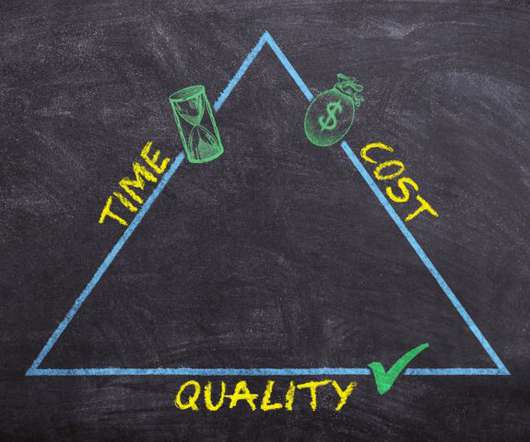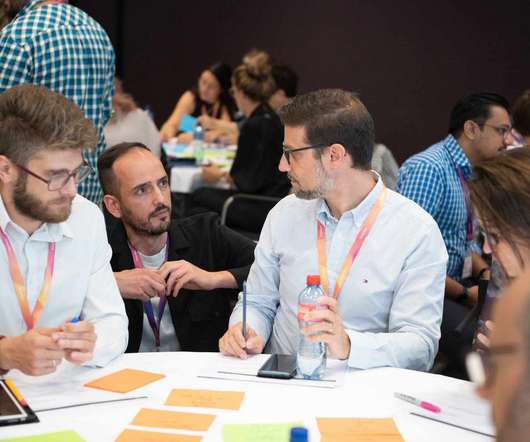Boosting Team Spirit: Strategies for Improving Workplace Morale
Leapfrogging
APRIL 15, 2024
Recognizing Workplace Morale The vitality of your team’s spirit can be the driving force behind your organization’s success. By identifying signs of low morale and understanding its impact on productivity, you can begin the journey of transforming a potentially toxic workplace culture into a high-performing, collaborative team.







































Let's personalize your content